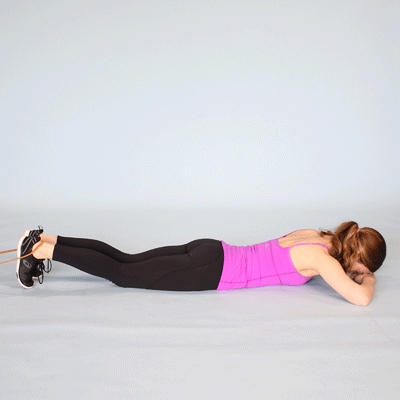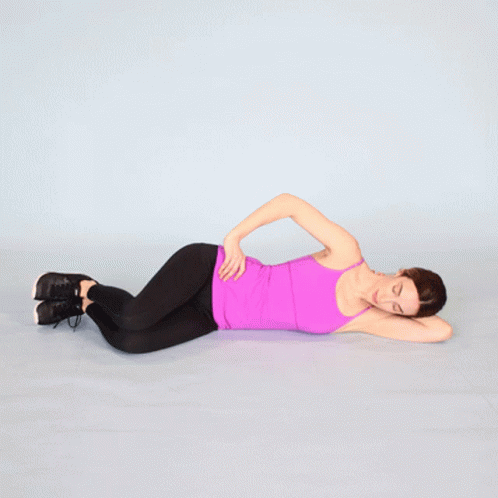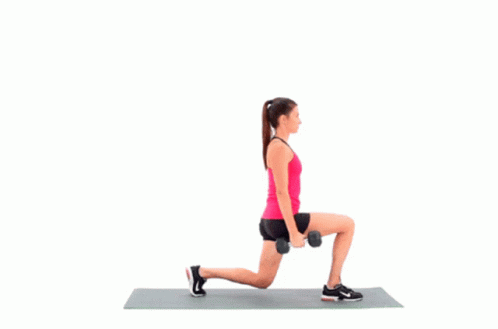The 7 Best Meniscus Tear Exercises To Reduce Pain And Strengthen Your Knee
When it comes to maintaining health and fitness, few things are as frustrating as an injury. Knee injuries are particularly common, including meniscal tears. The meniscus is a tiny, crescent-shaped disc that supports and protects the movement within the knee joints. Whether caused by sudden trauma or gradual wear and tear, meniscus tears can significantly impact day-to-day life, making even the simplest activities a challenge.
While a meniscus tear can be a setback, it's important to remember that the right support from a physical therapist and targeted exercises for a torn meniscus can play a crucial role in reducing pain, enhancing mobility, and rebuilding function in the knee.
Understanding Meniscal Tears
The menisci sit between the thigh bone (femur) and the shinbone (tibia). Each knee has two menisci — one on the inner side and one on the outer side. These structures absorb shock, distribute weight, and provide stability to the knee joint.
However, due to their positioning and the constant stress placed on the knees, menisci are susceptible to tears. A meniscus tear can result from sudden movements or can develop over time which are degenerative changes. There are various types of meniscus tears, ranging from minor to severe.
The Benefits Of Exercise For Meniscus Tears
It might seem counterintuitive to engage in physical activity, but exercises for a torn meniscus in the knee can be a potent tool in your recovery. Under the guidance of a physical therapist, here's why exercise can be beneficial for knee injuries:
Reducing Pain And Inflammation: Contrary to what it might feel like initially, staying sedentary can exacerbate pain and inflammation after a knee injury. Gentle exercises can promote healing and reduce discomfort.
Restoring Range Of Motion And Flexibility: Meniscus tears can lead to stiffness in the knee joint, limiting range of motion. The right exercises can help restore flexibility and ensure that the knee retains its mobility during the rehabilitative period and beyond.
Strengthening The Muscles Around The Knee: One of the primary goals of exercise during meniscus tear recovery is to strengthen the muscles that support the knee joint. Strong muscles provide added stability, reducing the strain on the meniscus.
Enhancing Overall Joint Stability: Working on improving the strength and flexibility of the knee can help enhance the joint's overall stability. This is particularly important to prevent future injuries and complications.
Not all exercises are suitable for every stage of recovery, and there are meniscus tear exercises to avoid as these could worsen the condition, such as running or other high-intensity movements. Before you start any exercise, it’s a good idea to consult a physical therapist so they can assess the knee, diagnose the injury, and prescribe the right treatment.
Physical Therapy For Knee Injuries
Physical therapists use their knowledge and experience to diagnose and evaluate the severity of the injury to provide personalized guidance on what meniscus rehab exercises are safe and effective.
Some meniscus injuries may be treated conservatively whilst others may require surgery. Physical therapists will make sure to introduce the most suitable exercises for the different stages of the rehabilitation. Exercises after meniscus surgery will be tailored to the type of surgery, but may be similar to exercises for a torn meniscus without surgery.
The 7 Best Meniscus Tear Exercises
Let's dive into the seven best meniscus tear exercises that a physical therapist may prescribe to alleviate pain and strengthen the knee after an injury. Some of these exercises may also be used after knee surgery for a torn meniscus. Note, there should be no pain during any of the exercises.
1. Quadriceps Activation (Isometric Contractions)
Activating the quadriceps is a gentle yet effective way to engage the muscles surrounding the knee joint without putting additional stress on the meniscus.
At the direction of the physical therapist:
Find a comfortable spot to sit or lie down.
Ensure your back is straight, and your body is relaxed.
Direct your attention to the front of your thigh muscles (quadriceps).
Without moving your leg, tighten your quadriceps as much as possible.
Gently release the contraction, allowing your muscles to relax.
Repeat at the direction of the physical therapist.
2. Hamstring Curls
Strengthening your hamstrings helps provide comprehensive support to the knee joint.
At the direction of the physical therapist:
Begin by lying face down on a flat surface, such as an exercise mat.
Keeping your pelvis on the mat, bend your knees to bring your heels towards your glutes.
Hold the position for a brief moment to emphasize the contraction.
Slowly extend your legs back to the starting position.
Repeat at the direction of the physical therapist.
3. Straight Leg Raises
Straight leg raises are designed to improve range of motion and engage multiple muscle groups in the knee.
At the direction of the physical therapist:
Begin by lying flat on your back on a comfortable surface, such as an exercise mat.
Bend one leg while straightening the other leg so it starts flat on the ground.
Slowly lift the straight leg towards the ceiling.
Hold the raised position for a brief moment, then slowly lower your leg back down to the starting position.
Repeat at the direction of the physical therapist.
4. Heel Slides
Heel slides focus on increasing knee flexion, which is essential for everyday movements like walking and climbing stairs.
At the direction of the physical therapist:
Start by lying flat on your back on a comfortable surface, such as an exercise mat.
Choose one leg to start with.
Gently bend this knee and slide your heel along the surface, ensuring smooth and controlled movement.
Return to the starting position and repeat at the direction of the physical therapist.
5. Mini Squats
As your knee strength improves, incorporating mini squats under the guidance of a physical therapist can be incredibly beneficial.
At the direction of the physical therapist:
Stand with your feet shoulder-width apart.
Gradually bend your knees while keeping your weight centered over your feet.
A mini squat is not a full squat, so your thighs may not be parallel to the ground.
Push through your heels to stand back up, returning to the starting position.
Repeat at the direction of the physical therapist.
6. Clamshell Exercises
Clamshell exercises target the hip abductor muscles, which play a crucial role in stabilizing the knee joint.
At the direction of the physical therapist:
Lie on your side on an exercise mat, keeping your legs bent at a 90-degree angle and your head, shoulders, and hips aligned.
Ensure your heels remain in contact throughout the exercise.
Keeping your feet together, lift your top knee as high as you can without moving your pelvis.
Slowly lower your knee back down to the starting position.
Repeat at the direction of the physical therapist.
7. Partial Lunges
Partial lunges are an excellent progression as your knee gains strength and mobility.
At the direction of the physical therapist:
Stand up straight with your feet hip-width apart.
Take a step forward with one leg.
Bend both knees to lower into a partial lunge.
Push through the heel of your front foot to return to the starting position.
Repeat at the direction of the physical therapist.
Book Now
Getting Help For A Meniscal Injury
A meniscus tear might present challenges, but it doesn't have to be a roadblock to an active lifestyle. Consulting a physical therapist and engaging in well-rounded torn meniscus exercises tailored to your condition can significantly contribute to your recovery process.













